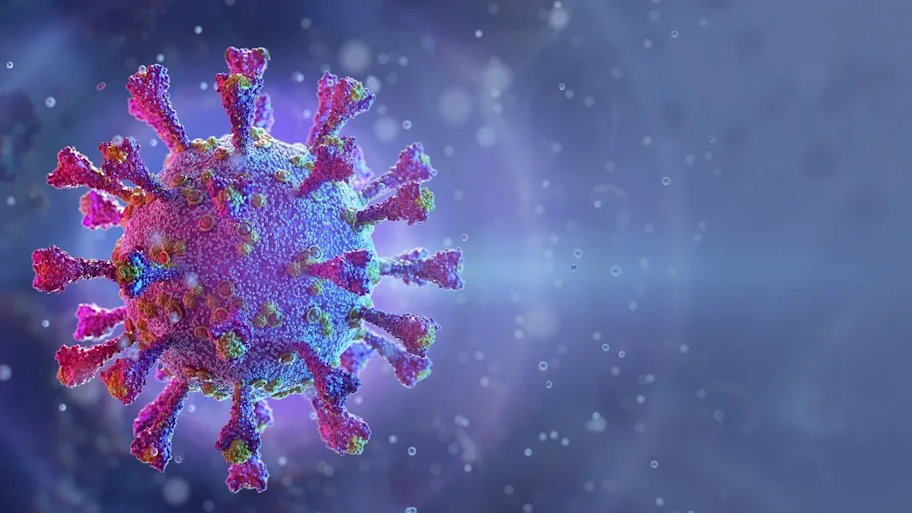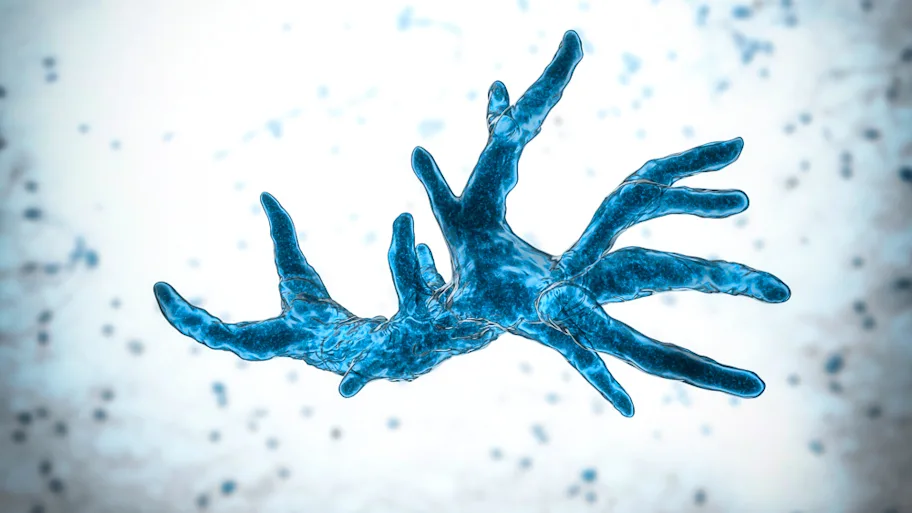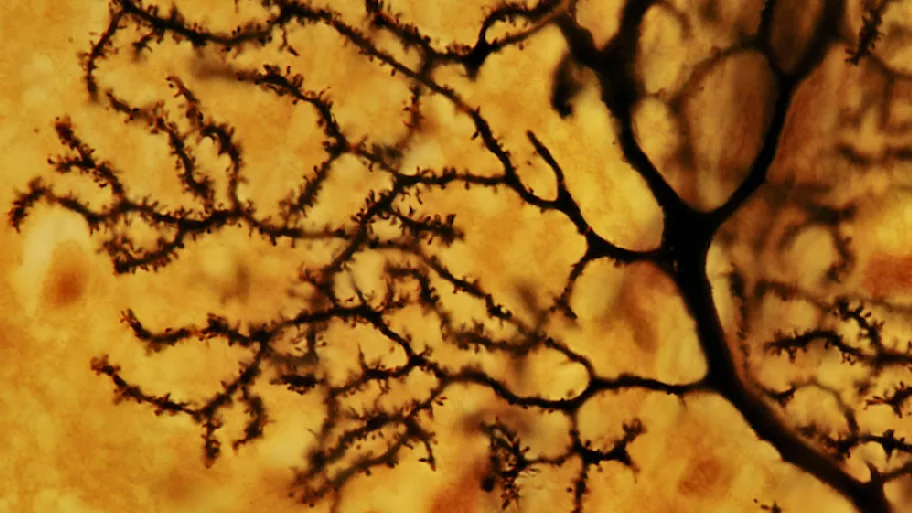
- Science News
- Featured news
- Viruses can transfer genes across the superkingdoms of life
Viruses can transfer genes across the superkingdoms of life

The study found viral hallmark genes not just in expected host organisms, but in all sorts of species -including those from different superkingdoms. Image: Shutterstock
New research shows that viruses can transfer genes to organisms they are not known to infect, and may cast light on the ancient origins of viruses
— by Conn Hastings
New research shows that viruses can transfer genes to organisms that they aren’t known to infect — including organisms in different superkingdoms, or domains. The study, published in open-access journal Frontiers in Microbiology, also finds that viruses and cellular organisms share a large group of genes that help cells to function, suggesting that viruses may have an ancient cell-like origin.
Viruses can sometimes infect very different organisms during their lifecycle, such as mosquitoes and humans in the case of Zika virus. Viruses can also jump between different species, such as from birds to humans in the case of avian flu. However, no virus has been discovered that can infect organisms from different superkingdoms — the highest-level divisions of life, also known as domains.
“Normally, we associate viruses with very specific host organisms, and we do not know of any virus that, for example, can infect both bacteria and humans,” explains Arshan Nasir from COMSATS Institute of Information Technology, Pakistan, and University of Illinois, USA, and one of the study’s authors. “Virus-host boundaries make sense since organisms that are separated by large evolutionary distances differ starkly in their cellular biology. This makes it hard for a virus to successfully replicate inside two very diverse environments.”
Nevertheless, Nasir and his colleagues suspected leaps between such distant species could occur, not necessarily involving virus infection. “In addition to infecting and killing cells, viruses can also insert their genes into a cell’s DNA,” says Nasir. “We therefore hypothesized that viruses might interact in non-harmful ways to exchange genes between distantly related organisms.”
To investigate such viral gene exchange, Nasir and colleagues looked at protein structures found in all known viruses and cellular organisms. By looking for protein structures that are specifically associated with viruses or cells, the researchers could detect virus-derived genes in cellular organisms and cell-derived genes in viruses.
Strikingly, viral hallmark genes weren’t just found in the expected host organisms, but in all sorts of species — including those from different superkingdoms. For example, the research team found examples where viruses thought to only infect bacteria had likely transferred genes to complex organisms, such as plants and animals. This suggests that viruses can transfer genes to organisms that are dramatically different from their usual host, and that they can influence and interact with a much wider range of organisms than previously thought.
The team also found evidence that viruses and cellular organisms share a large group of protein structures that help cells to function. This is a little surprising in the case of viruses, as they aren’t cells and have no obvious need for these proteins. One intriguing possibility is that viruses may have originally evolved from primitive cells, and these proteins were once useful during their ancient origins.
Nasir believes the results could change the way we think about virus-host relationships. “The study shows that the concept of a ‘virus host’ is rather blurry, since viruses do not necessarily need to kill a cell in order to interact with it,” he says. “We should consider viruses to be a source of new genes that cellular organisms can acquire, and not necessarily just as a source of disease.”
Original research article: Do Viruses Exchange Genes across Superkingdoms of Life?
Corresponding author: Arshan Nasir
REPUBLISHING GUIDELINES: Open access and sharing research is part of Frontier’s mission. Unless otherwise noted, you can republish articles posted in the Frontiers news blog — as long as you include a link back to the original research. Selling the articles is not allowed.






